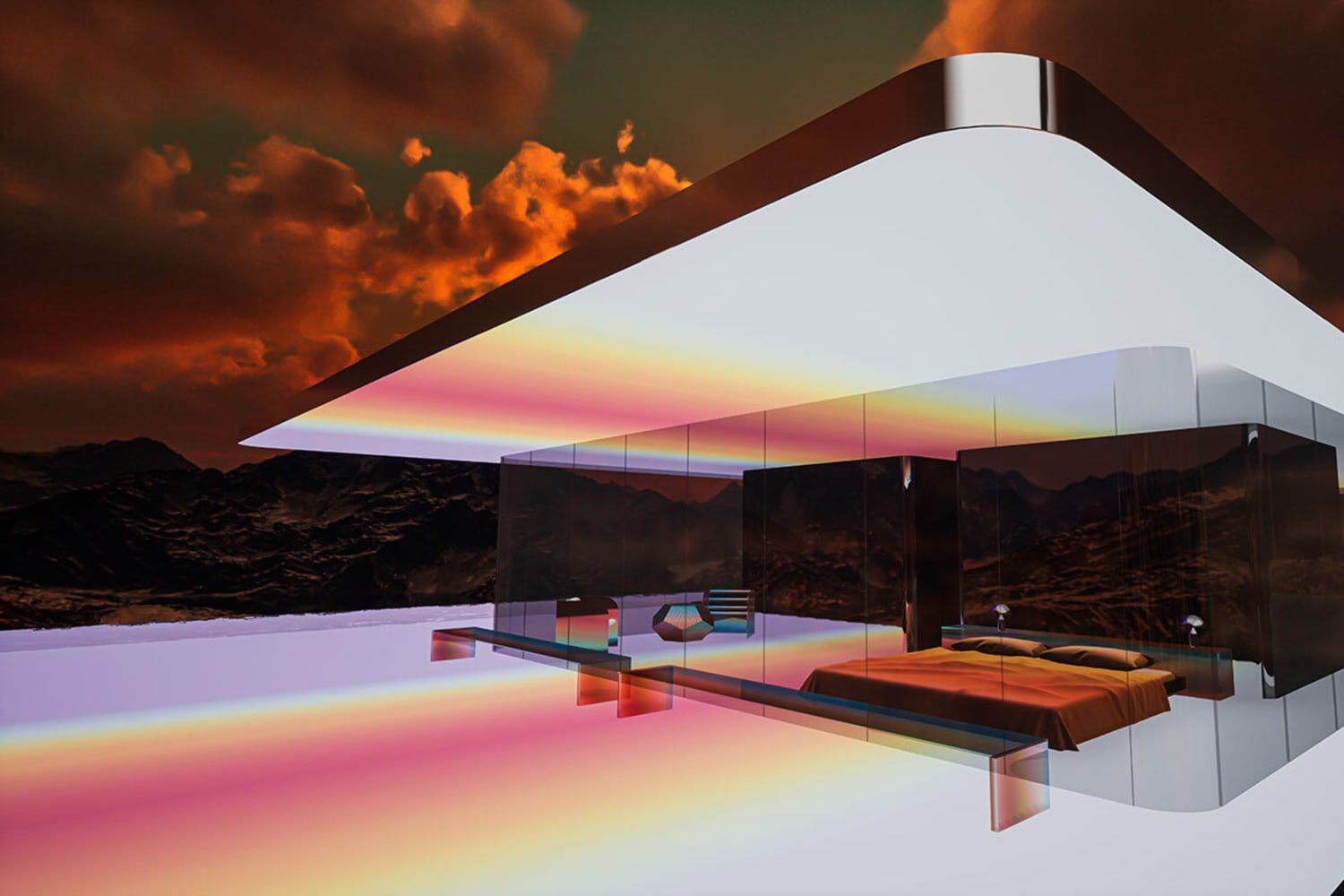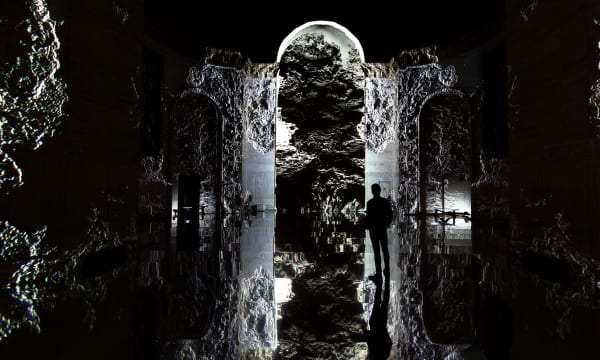One of your recent projects was a collaboration with the Utah Jazz NBA team—the first sports team metaverse NFT project. What did that look like?
We created this NFT drop as a community building exercise and to strengthen the brand through community immersive experiences. We also want to create augmented reality at the games and gamify the experience.
Using the SuperWorld app, ticketholders at the live event will point their smartphones to the center of the arena where they'll see a beautiful NFT for sale, available only to the people who are present at the game. We're very happy to host the first meet and greet on the 15th and the owner of the Utah Jazz, Ryan Smith, is actually going to be present and meet and greet the fans. There are so many amazing ways that you can create value and community culture through NFTs.
As digital ownership continues to gain momentum and popularity, who do you anticipate will be the most prominent target consumer of digital art and these digital experiences?
Everyone will. The reason why is that the metaverse is going to be a place where people will go and make money. They will provide services, they will go there for education, they will go for medical services. The metaverse is going to be a place where people exchange and interact on a daily basis for their subsistence. Digital arts and digital assets will become central because it's going to be the place where people will protect their assets, protect their wealth, gain wealth and preserve wealth.
We're building a new world: new services, our own identity and our digital twin in the metaverse.
Everyone will participate and it's not only art: we have to really think outside the box. It's not only art assets that are being sold in the metaverse. It's wearable, interoperable assets, garments, and accessories that are created and animated and can be enjoyed with AR lenses. The creative possibilities are endless, and it's an incredible opportunity for creators to live their imagination. That’s what the metaverse is: the metaverse realized is the imagination realized.
Why, in your opinion, has digital art gained such momentum in recent years? What about digital ownership draws in viewers and consumers?
Well, I'm a real student of Marshall McLuhan: the medium is the message. Because digital media is our primary source of communication, it’s only natural that we start expressing art and what it means to be human through the digital language.
Art is an expression of the individual and their relationship to the world. And I think digital art as a medium of expression is the next technology and the next medium for art.
You've used the term “digital consciousness” to describe the experience of your work. Can you expand on that and define it in your own words for us?
Digital consciousness really is about instant communication. It's about global communication and networked communication. The definition of art, the functionality of art, the utility of art and the meaning of art is completely revolutionized because of digital consciousness.
As an artist, it's completely revolutionized the way that artists can interact with and build an audience. Referring to Marshall McLuhan once again: the medium is the message. A publishing house or an author who communicates to the people—that's a one-way communication. Digital is not one way: digital is peer to peer and it is a network effect, it is exponential.
The digital consciousness is about expanding the human consciousness from a binary two-way communication paradigm into the network, and now into the metaverse. It's about the scope of the reach of communication, which therefore expands the mind beyond the self, beyond their community, their immediate city, their immediate community and family into the world and beyond.
You've also used the term “digital humanism.” Can you define that for us as well?
I think that human connection is built through art. Artists are the bridge, artists create that human touch for a technology company, no matter what technology it is. I think that if technology companies don't have artists in the boardroom collaborating with engineers, collaborating with the entrepreneurs, then you're going to lose the humanity. I think that all of these tech companies have to realize that they are in the culture business, whether they like it or not, because their platforms are informing human behavior, and that creates culture because it's scaled by billions of people on earth. There should be an understanding between the platform and the people where the platform should benefit the people.




